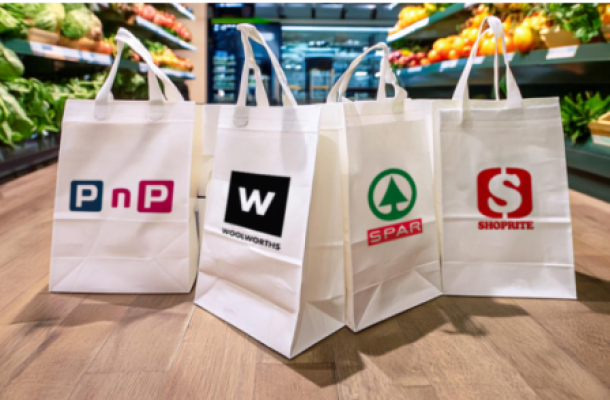Sugar now public enemy number one for healthy eaters
With amount of sugar in food and drink high on the health agenda, research by Mintel has found that sugar has become public enemy number one for healthy eaters in the UK.
Data published in its new ‘Attitudes Towards Healthy Eating’ report shows that whilst 97% of Brits try to eat healthily at least some of the time, of this group over half (54%) look for low sugar content when shopping for healthy foods, compared to 50% who look for low fat content. In comparison, in 2012 low fat was considered the most important health claim (52%) for healthy food shoppers when compared to low sugar (43%).
Today, while sugar tops the list of concerns for those who try to eat healthily, contributing to your five-a-day (52%), low salt content (47%) and low saturated fat content (46%) are also leading factors.
“Historically fat has been the ‘food villain’ and the macronutrient that people have been most wary of, relating to its intuitive link to body fat. However, the tables have now turned, and low sugar has taken the lead over low fat in terms of perceived importance for healthy food, indicating consumers’ increased vigilance about their intake of sugar,” said Mintel’s Senior Food Analyst Emma Clifford.
Despite awareness that certain ingredients can be bad for health, a balanced diet remains key for consumers. Indeed, two thirds (66%) of Brits agree that unhealthy treats are fine as part of an healthy diet, and half (49%) agree that there is no need for “light” or “diet” products in a balanced diet. Highlighting the strong interest in healthy home cooked meals, some 57% of Brits say they typically cook from scratch, and 55% include plenty of vegetables in meals.
Mintel’s research also reveals that when it comes to staying healthy, Brits are willing to invest. One third (32%) of UK consumers are interested in trying the latest foods claimed to boost health, for example chia seeds and spirulina. The same proportion (34%) note that it is worth paying more for highly nutritious foods, for example those high in vitamins or minerals. And it seems this trend is being driven by the younger generation as agreement rises to 43% and 40% of 16-34 year olds respectively.
News Category
- International retailers
- On the move
- Awards and achievements
- Legislation
- Wine and liquor
- Africa
- Going green
- Supplier news
- Research tools
- Retailer trading results
- Supply chain
- Innovation and technology
- Economic factors
- Crime and security
- Store Openings
- Marketing and Promotions
- Social Responsibility
- Brand Press Office
Related Articles

Checkers Sixty60 wipes floor with Pick n Pay As...

Top tips for consumers to combat escalating ele...

Clear winner in South African retail battle

Drinks survey reveals Rooibos as a top choice a...


